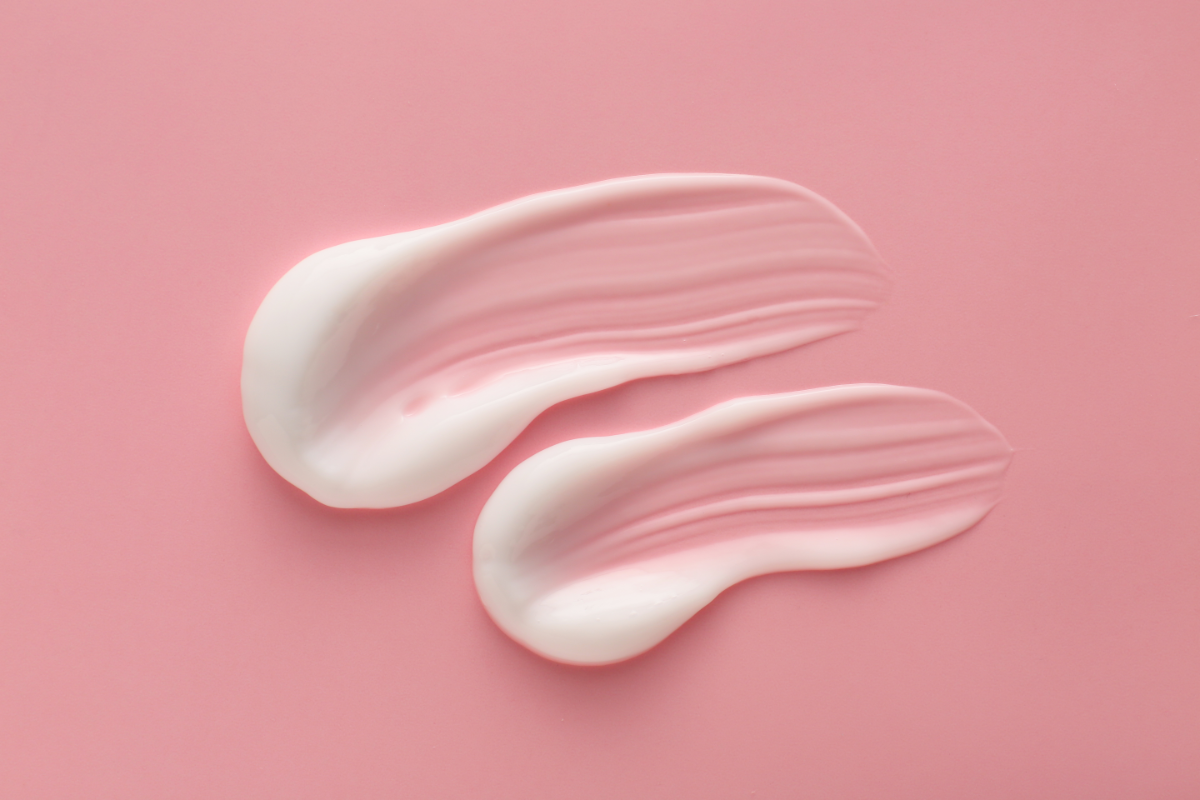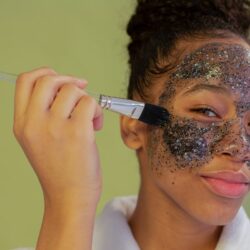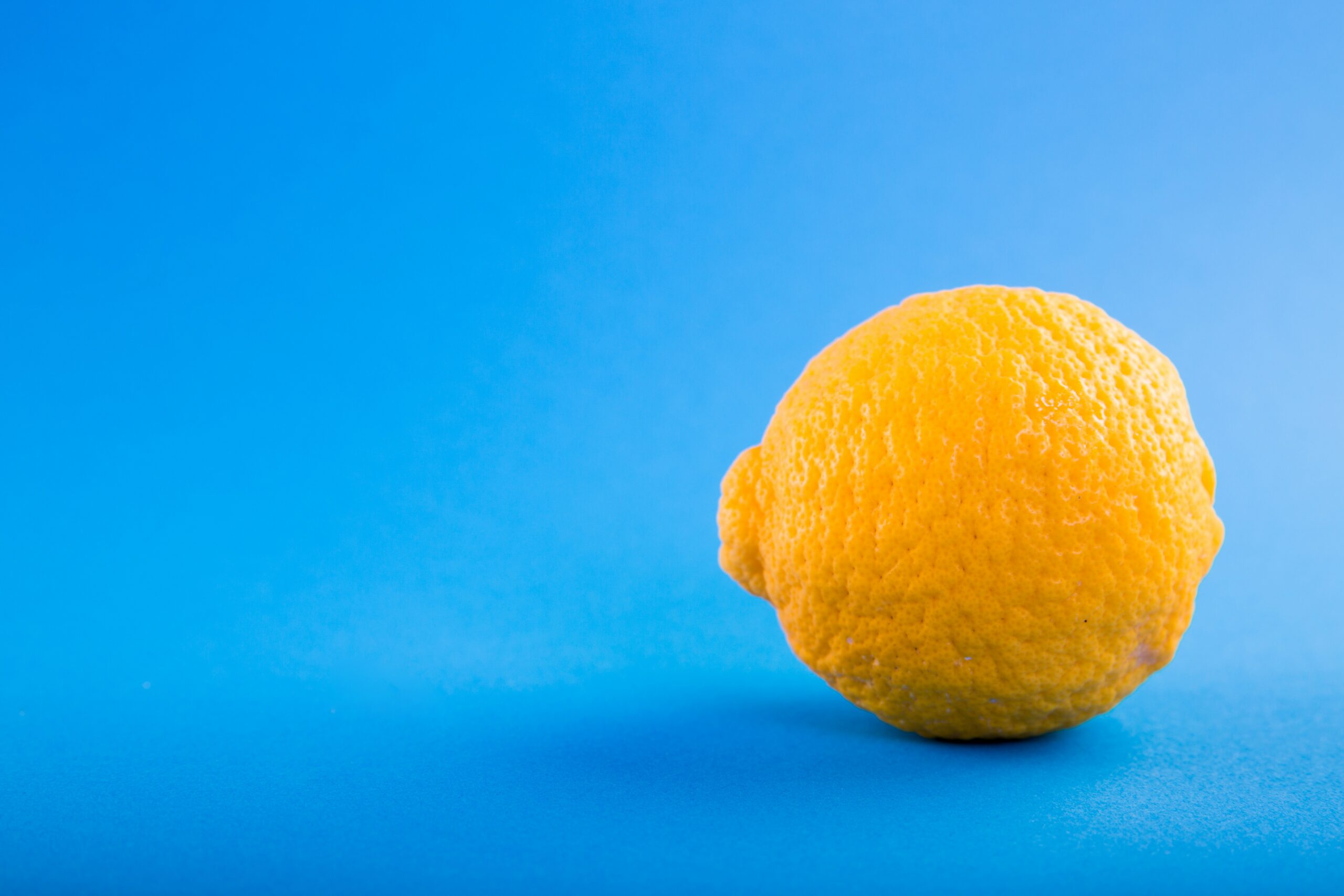Dexeryl is a moisturising cre a m renowned for its versatility and effectiveness in the treatment of various dermatological conditions. It is particularly appreciated for its action against extreme dryness of the skin, manifestations of eczema, and the management of healing, including that of tattoos. This dermatological product offers a gentle yet effective formula, suitable for even the most sensitive skin. This article details the specific uses of Dexeryl, examining its role in the treatment of dermatological conditions such as eczema flare-ups and plaques, atopic dermatitis of the face in adults, as well as foot and post-tattoo care, highlighting the benefits of its vaseline and paraffin-based composition.
Is Dexeryl good for the skin and itching?
Dexeryl is renowned for its beneficial effects on the skin, in particular for its effectiveness in providing long-lasting hydration and relieving itching. Thanks to the synergistic action of its three main ingredients, this cream offers a complete and effective solution for people suffering from skin dryness and irritation.
Long-lasting hydration
Dexeryl plays a crucial role in creating a reservoir of water within the epidermis, contributing to long-lasting hydration.
- Glycerol, one of the key ingredients, has the ability to capture water naturally present in the dermis. This hygroscopic property helps to maintain an optimal level of hydration within the skin.
- The protective film-forming action of vaseline and paraffin effectively complements glycerol by preventing the evaporation of this captured water. As a result, the skin stays hydrated for longer, reducing the feelings of tightness and itching associated with dryness .
Does Dexeryl help restore the skin barrier?
In addition to its moisturising action, Dexeryl helps to restore the skin’s cutaneous barrier, creating an environment favourable to its natural regeneration:
- Dexeryl’s formula encourages the natural production of essential skin lipids. These lipids are vital for maintaining the integrity of the skin barrier and for protection against external aggressors.
- It also helps to rebalance the composition of lipids in the skin. This rebalancing is crucial for restoring the skin’s barrier function and reducing inflammatory symptoms such as itching.
Studies highlight Dexeryl’s effectiveness not only in moisturising the skin but also in improving its lipid structure. For example, one study showed that combining glycerol with film-forming agents such as petroleum jelly can significantly improve skin hydration in volunteers with dry skin.
What is the composition of Dexeryl ointment?
Dexeryl cream is formulated without parabens or alcohol, using ingredients carefully selected to provide optimal hydration while respecting the skin’s sensitivity. Here are the main ingredients of this ointment and their roles in dermatological care:
Glycerol (Glycerol)
Glycerol is a first-choice humectant in dermatological formulations. It draws water into the upper layers of the epidermis, facilitating deep, long-lasting hydration. This property is essential for treating very dry skin and soothing eczema patches.
Vaseline and liquid paraffin
Vaseline and liquid paraffin play a key role in forming an occlusive barrier on the skin. This barrier prevents moisture loss and protects the skin from external aggressors, which is crucial during eczem a flare-ups or for atopic dermatitis of the adult face.
Glycerol monostearate and stearic acid
These emollients contribute to the cream’s creamy texture and strengthen the skin barrier. Glycerol monostearate and stearic acid help restore the skin’s suppleness and softness, making the product ideal for rough, irritated areas.
Dimethicone
Dimethicone is a type of silicone used for its emollient and protective properties. It forms a non-greasy film that helps smooth the skin and reduce roughness, often seen in people with atopic dermatitis.
Macrogol 600 and trolamine
These components act as emulsifying agents and pH adjusters, stabilising the formula to ensure even, effective application. Macrogol 600 also facilitates the penetration of the other active ingredients into the skin.
Acrylamide/Acryloyldimethyltaurate copolymer, isohexadecane, and polysorbate
This complex of agents forms a stable base for the cream, ensuring that the emollient and moisturising components are evenly distributed during application. They contribute to the cream’s pleasant consistency and ease of application.
Pentylene glycol, ethylhexylglycerine and carbomer
These ingredients act as preservatives and skin conditioners, helping to preserve the integrity of the cream while enhancing the sensorial experience during use. They ensure that the cream remains effective and safe, even after repeated use.
Purified water
Purified water is used as a solvent in which all the other ingredients are dispersed. It forms the basis of the formulation, ensuring even distribution of the active ingredients on the skin.
When should Dexeryl be used?
Correct use of Dexeryl cream is crucial to maximising its effectiveness, especially in cases of atopic dermatitis, eczema attacks or very dry skin. Here are detailed guidelines on frequency of use and advice on how to get the best results.
How many times a day should I moisturise my skin?
It is recommended to apply Dexeryl 1 to 2 times a day. However, depending on the severity of the dryness or eczema, application can be increased to up to 6 times a day. The frequency of use should always be adapted taking into account changes in the condition of the skin and the recommendations of a healthcare professional.
How should Dexeryl cream be applied?
For optimum effectiveness, we recommend applying the cream in a thin layer to clean, dry skin. Use a mild cleanser that does not further dry the skin. It is important to note that Dexeryl is a cream for external use only and should not be applied to open wounds, mucous membranes or the eyes. It is also essential not to swallow the product.
What is the difference between Dexeryl and Biafine?
Dexeryl and Biafine are two creams commonly used in dermatology, but they serve different purposes and contain distinct formulations adapted to their specific uses. Here’s a detailed comparison to help patients make the right choice for their dermatological needs.
Composition and function
Dexeryl is an emollient and moisturising cream, formulated mainly with glycerol, vaseline and liquid paraffin. This composition is specially designed to treat the symptoms of dry skin, various forms of eczema such as atopic dermatitis, and to maintain skin hydration. Dexeryl acts by forming a barrier that retains moisture and protects the skin from external aggressors.
Biafine, on the other hand, is mainly used as an emulsion for cutaneous application, with a healing and repairing action. It is often prescribed to treat minor burns, including sunburn, or non-infected wounds. Biafine helps to promote the healing process by moisturising wounds and facilitating the regeneration of damaged skin.
Therapeutic indications for Dexeryl and Biafine
Dexeryl is recommended for regular use in the management of dry skin and chronic conditions such as eczema and atopic dermatitis. It is ideal for application to large areas of skin requiring intense hydration.
On the other hand, Biafine is indicated for post-traumatic skin care, such as burns and superficial irritations. It is not designed for frequent use on uninjured areas or for long-term moisturisation, unlike Dexeryl.
Mode of action
Dexeryl’s mode of action is mainly protective and moisturising. It creates a film that preserves the skin’s natural moisture and restores the cutaneous barrier. This is essential for treating chronic skin disorders and preventing further irritation.
Biafine, for its part, works by a mechanism that promotes healing. It stimulates the proliferation of skin cells and the hydration needed for tissue repair, which is crucial for wounds or burns.
What’s the best healing cream for tattoos?
The use of Dexeryl as part of post-tattoo care is growing in popularity thanks to its moisturising and protective properties. This segment explores Dexeryl’s role in tattoo healing and compares it to traditional products such as vaseline and paraffin.
Dexeryl’s role in tattoo healing and care
Dexeryl plays a crucial role in the tattoo healing process thanks to its ability to deeply moisturise and form a protective barrier on newly tattooed skin. The cream promotes an optimal healing environment by keeping the area hydrated, which is essential to prevent excessive scabbing and flaking that can affect the appearance of the healed tattoo.
- The glycerol in Dexeryl draws moisture into the outer layers of the epidermis, helping to keep the tattooed area supple and hydrated.
- Vaseline and paraffin, by forming an occlusive film, help protect the skin from bacteria and external irritants while retaining the moisture essential for effective healing.
Comparison with Vaseline and Paraffin
While vaseline and paraffin are often recommended for tattoo care due to their occlusive properties, Dexeryl offers several distinct advantages:
- Air permeability: Unlike vaseline and paraffin, which can create an overly occlusive barrier, Dexeryl allows the skin to ‘breathe’ better during the healing process. This can reduce the risk of complications such as bacterial infections, which are more common under highly occlusive layers.
- Hydration without clogging: Dexeryl hydrates without clogging pores in the way that petroleum jelly and paraffin can. This is crucial to prevent rashes or pimples from developing around the tattoo.
- Tailored composition: Dexeryl’s formula, enriched with moisturising agents and lipids, is designed to support the skin barrier without disrupting the skin’s natural dynamics, unlike petroleum jelly and paraffin, which are petroleum-based products with no beneficial biological activity for the skin.
Make-up, sun cream: How do I use Dexeryl to cleanse my face twice?
Using Dexeryl as part of a double cleansing routine is an effective way of removing make-up and sun cream, while keeping the skin hydrated and healthy. This technique, which is well suited to people who regularly use high-coverage cosmetic products (such as Vichy dermablend or the Covermark range ) or waterproof sunscreens, ensures deep cleansing without compromising the integrity of the skin’s barrier.
Step 1: How do I double-cleanse my skin?
Double cleansing begins with the application of Dexeryl to dissolve oily residues such as oils, make-up and sun cream. Although Dexeryl is not an oil, its rich vaseline and paraffin content means it works in a similar way to break down lipophilic substances on the skin gently and effectively.
- Apply a generous amount of Dexeryl to dry skin.
- Gently massage the product in circular movements all over the face to bind and dissolve impurities and make-up.
- This method is particularly gentle and avoids the irritation often caused by traditional cleansers, which is beneficial for sensitive skin or skin prone to eczema.
Step 2: Complementary cleansing
After removing the initial layer of dirt with Dexeryl, use a mild cleanser to remove any remaining residue. The aim of this step is to thoroughly cleanse the skin, removing the last traces of Dexeryl as well as water-soluble impurities.
- Choose a gentle soap-free cleanser to complete this step without drying the skin.
- Apply the cleanser and massage the moistened face to create a light lather.
- Rinse with lukewarm water for clean, fresh skin.
Sources
1. Fluhr JW, Darlenski R, Surber C. Glycerol and the skin: holistic approach to its origin and functions. Br J Dermatol. 2008 Jul
2. Vaillant L et al. Combined effects of glycerol and petrolatum in an emollient cream: a randomized, double-blind, crossover study in healthy volunteers with dry skin. J Cosmet Dermatol. 2019 Sep 18
3. Jacques-Jamin C, Dejean C, Klose C, Leccia E, Bessou-Touya S, Delarue A, Duplan H; Evaluation of a novel skin emollient cream on skin lipidome and lipids organization – Skin Pharmacol Physiol. 2023 Feb 8








Why can’t you show prices and how to order certain items.I have looked at several items I am interested in purchasing but no price or way to order.
It has put me off buying anything. Time is of the essence
Eileen Napier
Hello Eileen,
Thank you for your message and your interest. We completely understand your frustration.
Please note that this article contains several clickable links that redirect you to our online store https://www.soin-et-nature.com/en/, where you can see the prices and order each product mentioned, including Dexeryl.
Simply click on the product names within the article to access their detailed product pages. If any link isn’t working properly, please let us know — we’ll be happy to assist you.
Wishing you a lovely day,
The Soin et Nature Team